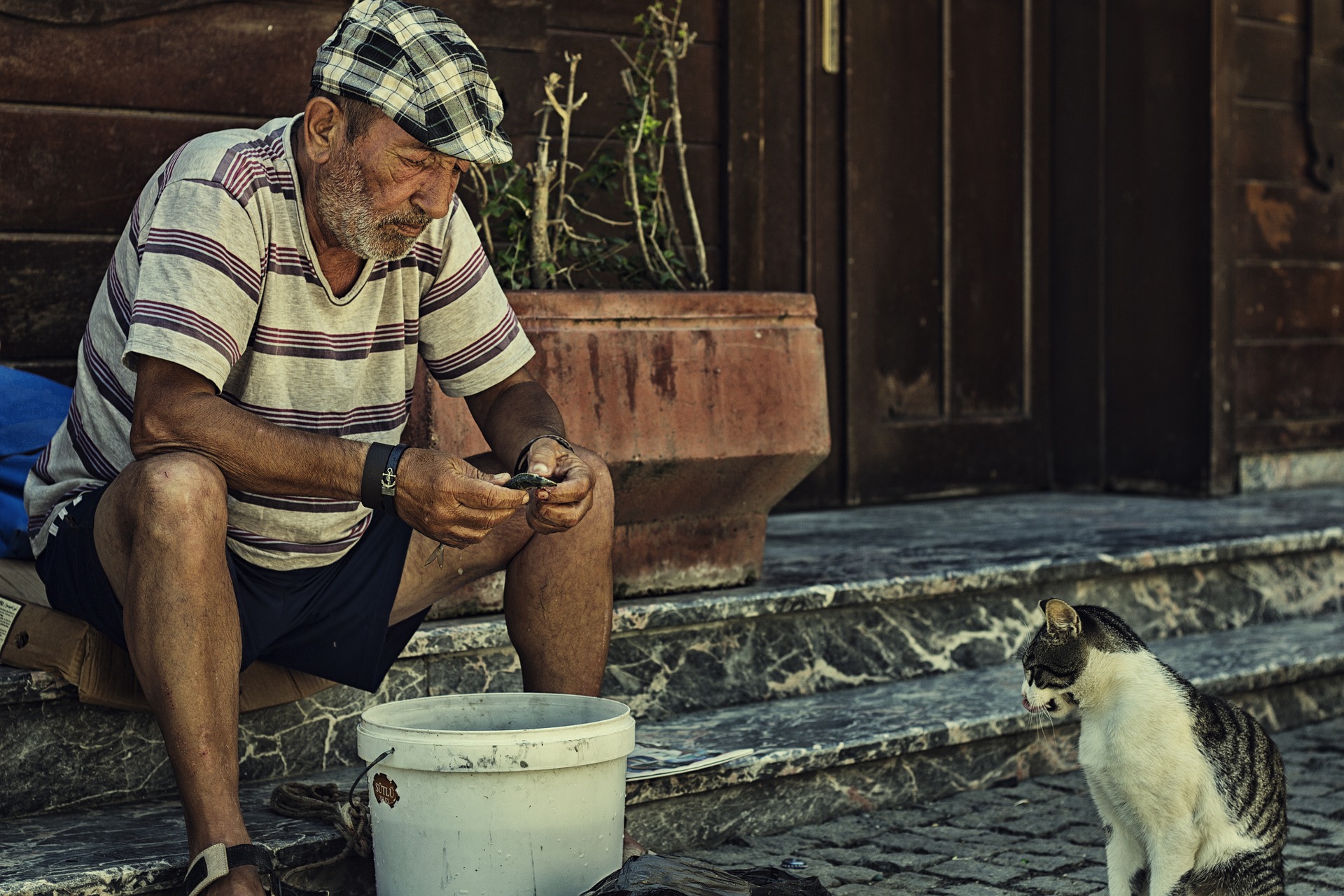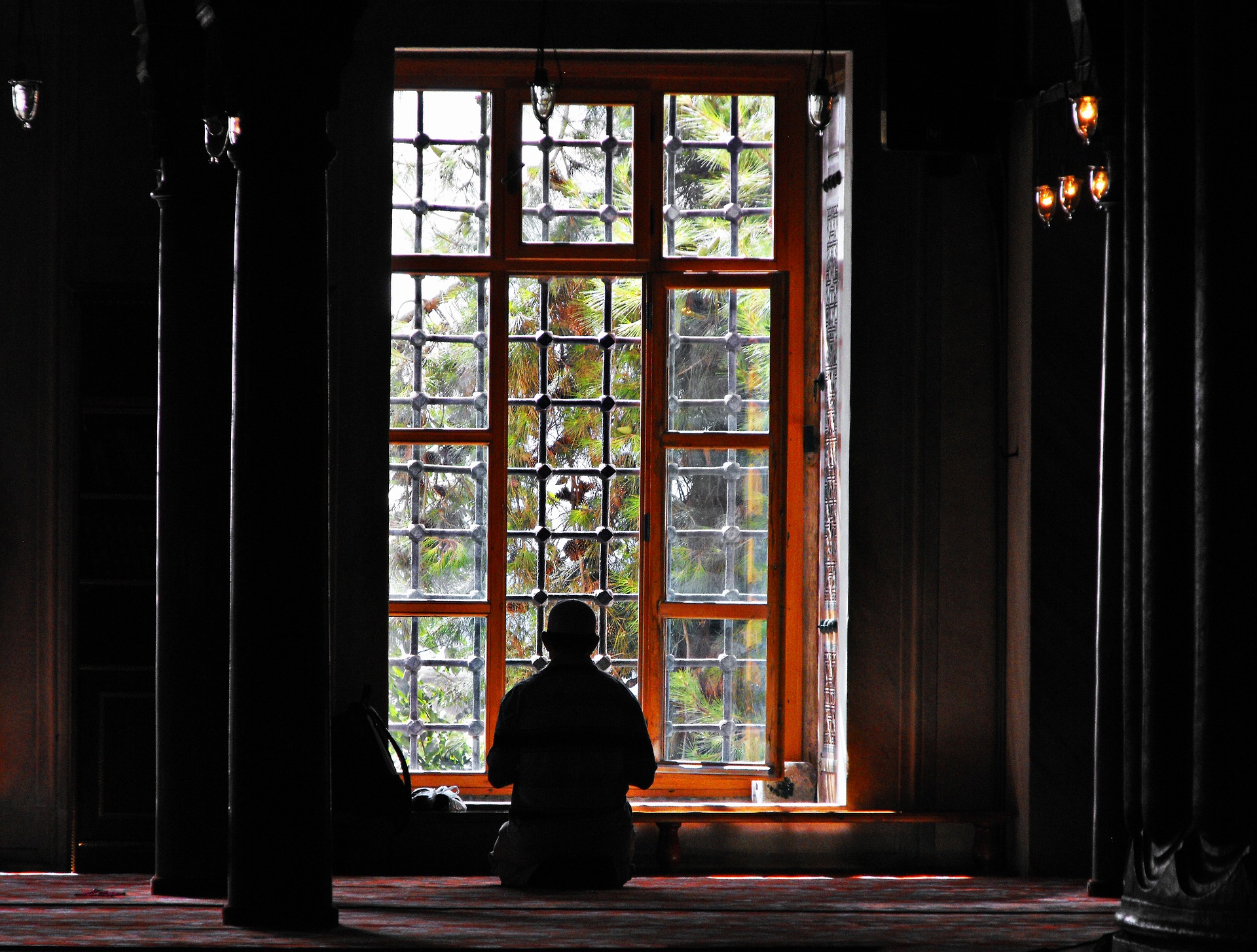Among the most popular of neighborhoods in İstanbul is Nişantaşı: It is both a highly-coveted residential area and a cool place to hang out, catering to many tastes and always offering a fine selection of whatever you are looking for – whether it be just a walk, window-shopping, dining, some cafe time or a day full of art. Hand in hand with Nişantaşı is also the area of Teşvikiye which must also be mentioned here, as both areas are intertwined historically and location-wise and thus are often used interchangeably.
Both areas have a history behind their names. In Turkish, the word “nişan” is a homonym with several meanings — in this context, signifying “aim” or “target.” “Taş” means “pillar” or “stone.” And the area takes its name from the several “target pillars” placed throughout the area, and used in the 1700s and 1800s by Ottoman sultans to practice their shooting in the then uninhabited, construction-free practice grounds.
The story goes that in the late 1700s, Sultan Selim III built there a mosque for his entourage to be able to pray during their shooting outings. Fast forward half a century to the 1850s when Sultan Aldülmecit took a special interest in the area, planted a few more pillars and inscribed a phrase on them declaring the establishment of “the new neighborhood of Teşvikiye – as a gesture to the public and a symbol of the altruistic giving and caring of the esteemed ruler.” The word “teşvik” in Ottoman Turkish means “incentive” or “to motivate.” And the rumor goes that the sultans named the area as such “to motivate” the establishment and growth of the new neighborhood.
In the 1900s, this quarter became the new residential destination of well-established “Istanbullus”, a shift from Şişli just prior to that, and the area of Eminönü and Fatih in the previous century. Today, Nişantaşı refers to the intersection between Valikonağı Caddesi and Rumeli Caddesi and the several adjacent and parallel blocks. Teşvikiye runs from the renowned mosque and parallel streets, up to the Nişantaşı intersection. And both areas seem to get more popular and sought with each passing day. They appeal to all ages and offer myriad activities and cool venues, as well as hosting several landmarks of the city. It is difficult trying to narrow them down to five picks, but I will give it a shot and attempt to give you a brief walking tour of the area.

Start off with the Vali Konağı, named after the residence of the governor: Valikonağı Caddesi, as in “the road of the mansion of the governor”. A five to six story building of Italian architecture, you can identify it through the flags by the door, the huge wooden gate, and usually an officer or two keeping guard outside.
While there, take a look at and around the surrounding buildings. You will see an orderly block of well-kept buildings of fine architecture, a sight not to be taken for granted in İstanbul. Also check out the building of Yekta Restaurant – a unique architecture of geometric shapes, mosaics, wooden decoration, and a work of Vedat Tek – one of the most highly regarded names in Turkish architecture. More of a restaurant for alcohol and rowdy music nowadays, it used to be a symbol of elegance up until a few years ago.
As you walk on, you will arrive at the intersection of Valikonağı Caddesi and Teşvikiye Caddesi. And voila the pillar that gives the area its name! The nişan-taşı, i.e. the “aiming stone!” Have a close look and you will spot the marks and dents left on the marble by the bullets as Ottoman royalty practiced their aim.
Now, walk down by the pillar and the adjacent pharmacy to the left. Feel motivated, because you are now in Teşvikiye, the neighborhood of regal “motivation or incentive.” A few blocks down, you come to the single-story police station of 19th century architecture, the Teşvikiye Karakolu. This is one of the landmarks of the area. And just past it, is the pillar, the “stone”, that announces the start of it all: The golden-tones calligraphy on the green plate of the pillar announces the establishment of the “new neighborhood of Teşvikiye”. Again, look around and check out the adjacent buildings of fine architecture, and their 5-meter ceilings. One houses the Consulate General of Mexico.

Across the street is the well-known Teşvikiye Mosque, among the first constructions of the area. Built by an Italian architect at the behest of Sultan Abdülmecit so that his entourage would have a place of worship on their hunting and shooting escapades. Observe its fluted, Corinthian columns, and the Romanesque architecture. In the garden, check out the pillar standing in front of the mosque, as it was the first of the shooting practice targets to be built – the oldest Nişan-taşı in the area of Teşvikiye!
Feeling overwhelmed by all that history and finesse? Have a seat at one of the oldest eateries in the area, at Saray Muhallebicisi. If you can tolerate the smoke of cigarettes, queue up for a seat at the terrace for a sip of ol’ school Turkish coffee and dessert with a view of the historical Teşvikiye Mosque across from you and fancy buildings to your left. Try from the varieties of baklava as well as “muhallebi” – dairy based desserts such as tavuk göğsü, kazandibi, su muhallebisi, keşkül and so on. I also recommend their su böreği.
Look around and admire your surroundings, gawk at the posh-looking windows. Then walk three minutes to the Maçka Sanat Parkı. Enjoy the fresh air and the snuggly cats purring against your legs. Then leave the park from the exit at the left, and head towards the CRR Concert Hall 50 meters away. Look beyond the parked cars and notice the looong line of canons, lining the entirety of the block. Yes, they are real. Some date as far back as the 17th century. Check out the plates attached to find out more about their artillery power.
Before you leave, stop by the CRR Concert Hall and check out their monthly or tri-monthly program. And walk on in any direction, because you are in an epicenter! Valikonagi Caddesi (where we had started off) and Teşvikiye (perhaps for some window-shopping this time) are all a minute or two away. Aim high, feel motivated and go for it!









